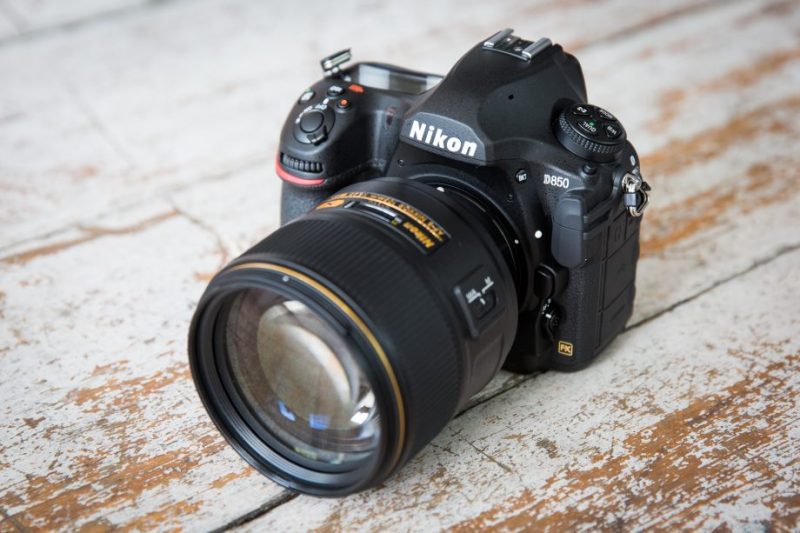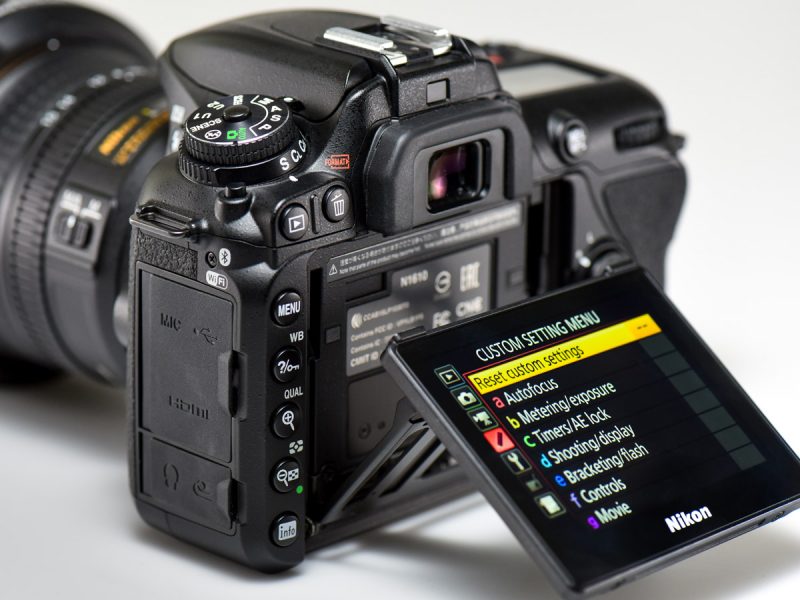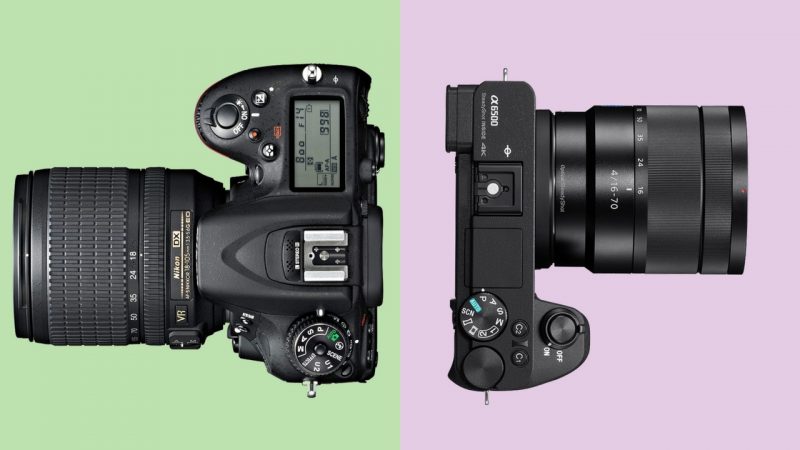The word “DSLR” has been thrown around for the last decade, but how many people know what does DSLR stand for? Calling it a “professional camera” is not enough, because DSLR comes in various specs and characteristics. DSLR is even available for beginner, intermediate, and expert photographers.
Don’t purchase an expensive DSLR until you understand the best way to utilizes it! Start by knowing the popular terms related to the camera (and how it works).
1. What Does DSLR Stand for? A Simple Definition

trustedreviews.com
DSLR meaning reflects its main method in producing pictures. DSLR is short for digital single-lens reflex, which describes one of its main components. The light that comes from the lens is reflected in a type of mirror or prism inside the camera. A click of the shutter opens the mirror, allowing the light reflection to be captured by the image sensor, resulting in a picture.
The reflective surfaces are different between a cheap and expensive camera. The cheap one uses a series of mirrors, while the expensive one uses a prism. The photographers use various interchangeable lenses on their cameras to produce specific images.
2. Popular Terms in DSLR Cameras

businessinsider.my
Various terms describe the details of DSLR cameras. All photographers must understand popular DSLR terms necessary for their projects, such as:
- Aperture
Aperture describes the size of the lens that the light comes through. The size determines the amount of light processed by the sensor. The amount of aperture determines the field depth of your photos.
- Autofocus
Autofocus is the camera’s ability to find the center of the object in the viewfinder. DSLR offers single and continuous options to find the autofocus.
- Buffer
Buffer is temporary picture storage in a DSLR camera. Here, the image-related data are written before being written in the camera’s memory card. The buffering capacity determines the waiting time between shots. The bigger the buffer, the shorter the waiting time.
- Burst mode
Burst mode refers to continuous shooting mode. This mode allows the camera to take pictures in rapid succession. Burst mode is one of the best features in DSLR cameras.
- Exposure
Exposure describes the amount of external light that is reflected in the sensor. Different exposure levels determine the look of the images. The exposure level depends on shutter speed and aperture.
- Field Depth
Field depth describes the sharpness level between the background and foreground. The aperture mainly controls it. The larger the aperture, the more “blended” the background and foreground.
- Noise
Noise is a term for the appearance of unwanted shades on an image. Noise is often visible on images with solid colors. Noise usually appears when the camera has a high ISO rating, but skillful photographers can find ways to reduce noise while capturing high-definition images.
DSLR camera allows photographers to use their creativity in determining the image quality. Even with the rising popularity of mirrorless cameras, the DSLRs still run the world of photography.
3. Differences between DSLR and Mirrorless

youtube.com
Mirrorless camera first came to the photography scene in 2008, with the release of Panasonic Lumix G1. While DSLR is still a favorite camera, the mirrorless type is slowly gaining popularity among photographers of all levels. You need to know the differences between DSLR and mirrorless before deciding to buy.
Here are several key differences:
- Image processing
DSLR has a series of mirrors where the light of the image is reflected in the optical viewfinder. Mirrorless lets the light go straight to the sensor, creating a “live” image.
- Continuous shooting ability
A DSLR camera is ideal to follow fast-moving objects. It is ideal for sports photography, where the ability for continuous shooting is important. Meanwhile, lagging is still a problem to address in mirrorless.
- Battery life
Mirrorless tens to spend more battery life because its technology drains more energy. The LCD screen and electronic viewfinders are the most energy-draining elements in mirrorless.
- Body size and thickness
DSLR is usually thicker and bulkier than mirrorless because the mirror system eats much space. The Mirrorless control system is usually simpler, too, and many users depend on the screen control panel for various tasks.
Manufacturers continue to develop new technology and features in DSLR and mirrorless cameras. You should factor new product developments when deciding the purchase.
4. When to Use DSLR Camera?

camerahouse.com.au
DSLR cameras are great for any project, but they are ideal for capturing outdoor scenes. The lack of lagging in continuous shots makes it ideal for getting pictures of moving objects or creatures. DSLR is also ideal for night photography since its large sensor captures better images under poorer light.
DSLR’s sturdier design is also ideal for photographers with bigger fingers. The more-compact mirrorless cameras mostly offer small control panels in their screens, which make it difficult for maneuvering.
5. Conclusion

techradar.com
What does DSLR stand for? It refers to the single-lens reflection and mirrors that create the images. DSLR has a unique set of vocabulary, something that all photographers must learn to get comfortable. You can use a DSLR camera to capture outdoor scenes, moving objects, and low-light scenes easily.
